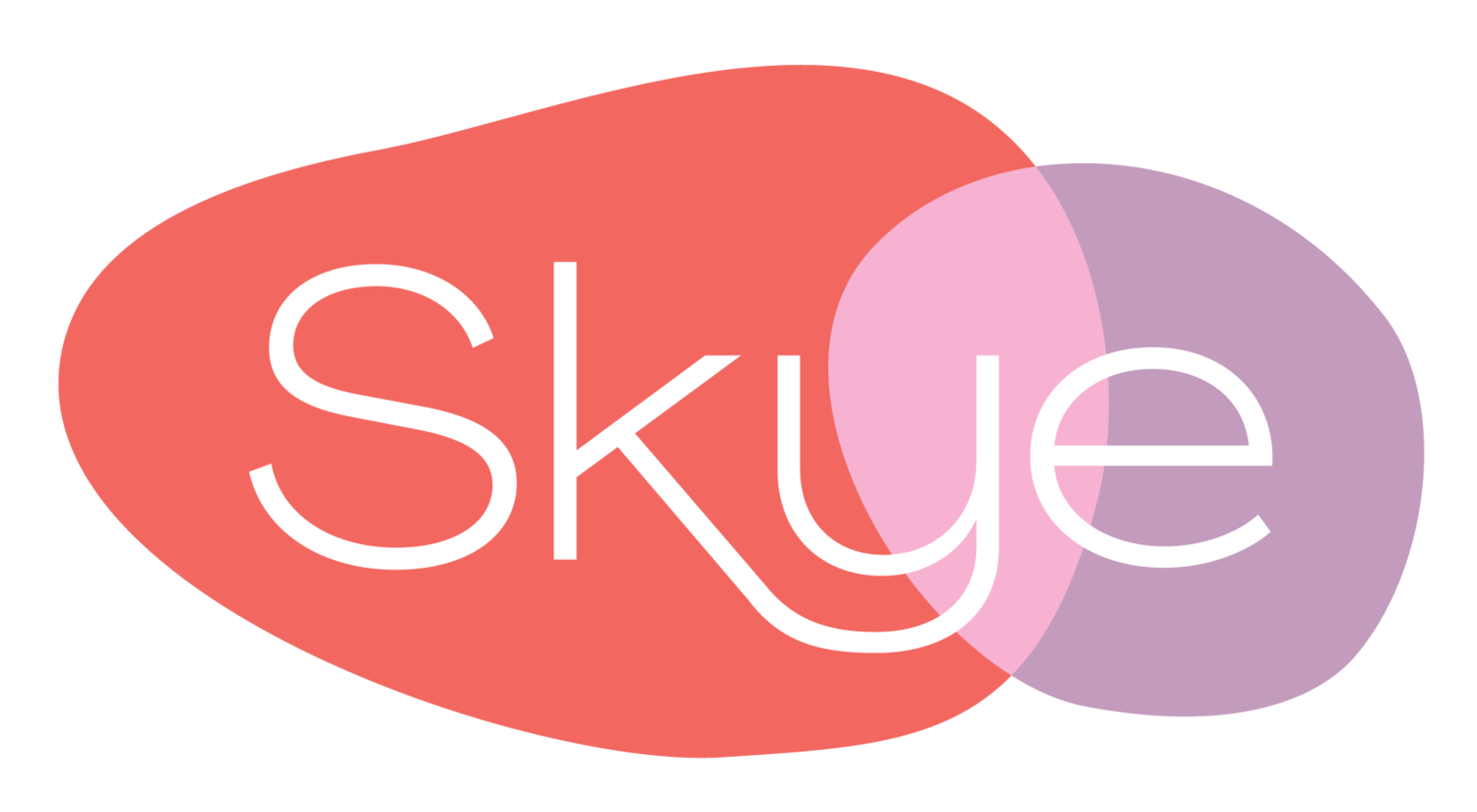What's in your premium? Factors that shape your insurance costs
Ever wondered how insurance companies crunch the numbers to calculate how much you pay for your life insurance? You see the money you pay for your life insurance, whether it's a monthly or yearly deal, is known as your "premium." Before you even commit to getting insured, they'll hand you a quote of what those premiums will cost you.
What factors affect my premium?
There are a bunch of things that can affect how much you pay for your insurance. It all depends on the type of insurance you're getting, how much cover you want, any extra stuff you've added on, how often you pay your premiums, and what other policies you have. And of course, there are personal factors to consider too so read through to know more.
Your level of cover
Your insurance isn't a one-size-fits-all deal. The types and amount of cover you choose can have a big role in how much you are charged.
You might have a mix of different cover types in the bag—think life cover, income protection, and total permanent disablement (TPD) cover. If you're not sure about these different types of life insurance, check out this blog.
Now, here's the deal: the benefits you've picked come with a specific cover amount. And when it comes to income protection, there's a waiting period before you can receive the benefits. Plus, they've got a set period when you can tap into those benefits.
You might've also gone for some optional add-ons as part of your cover so it’s good to keep these in mind.
Premium types
When it comes to your insurance premium, you have the option of choosing between Stepped and Level premiums.
Stepped premiums increase each year as you get older. This is because as you age, the risk of death or illness generally grows. So, the premium amount you need to pay will increase each year, and the increases will be larger the older you get.
On the other hand, Level premiums are based on the current premium rate at the start of your cover. They don't increase each year due to age, but they can still change for other reasons. For example, if you choose Benefit Indexation, which increases your cover amount to keep up with inflation. There may also be changes in premium rates, stamp duty rates, or other legislative requirements that can impact your premiums.
Now Level premiums start off more expensive compared to Stepped premiums. However, over time, the difference between the two narrows because Stepped premiums increase with age. The extent to which this gap closes depends on various factors like how long you've held your policy and any changes in premium rates or discounts.
At some point, Level premiums might even become cheaper than Stepped premiums. And by the end of the policy term, the total accumulated Level premiums may end up being less or more than the total accumulated Stepped premiums.
Your personal circumstances
There are a bunch of things about you that can affect your premium too. As you get older, the chance of you getting sick or having a health issue goes up, so your premiums might be higher as you age. But if you've gone for the level premiums option, it might not increase.
Other stuff like your gender, overall health, if you're a smoker or not, your job, and how you live your life will also be considered when they figure out how much you gotta pay. So, keep in mind that these personal factors can have an impact on your premium price.
Your payment frequency
If you decide to pay monthly instead of annually, there's a little something called an administrative loading that you'll have to tack on. This helps cover the cost for the insurer to collect your premium more often. So, keep that in mind when choosing how often you want to make those payments.
NOTE: Changing from monthly or quarterly payments to half-yearly or annual could reduce your premiums by up to 8% (depending on a range of factors)
Taxes and stuff
Now, let's chat about something less exciting but still important—government taxes. Those state governments throw in something called "insurance sales duties," and yep, they're a part of what you pay for your insurance.
Now, the deal with these taxes is that they can tag along with your base rate, or they might pop up as an extra charge. These can change depending on where you call home sweet home.
For more information on how your life insurance premiums are calculated, make sure to read through your financial product disclosure statement (PDS).







